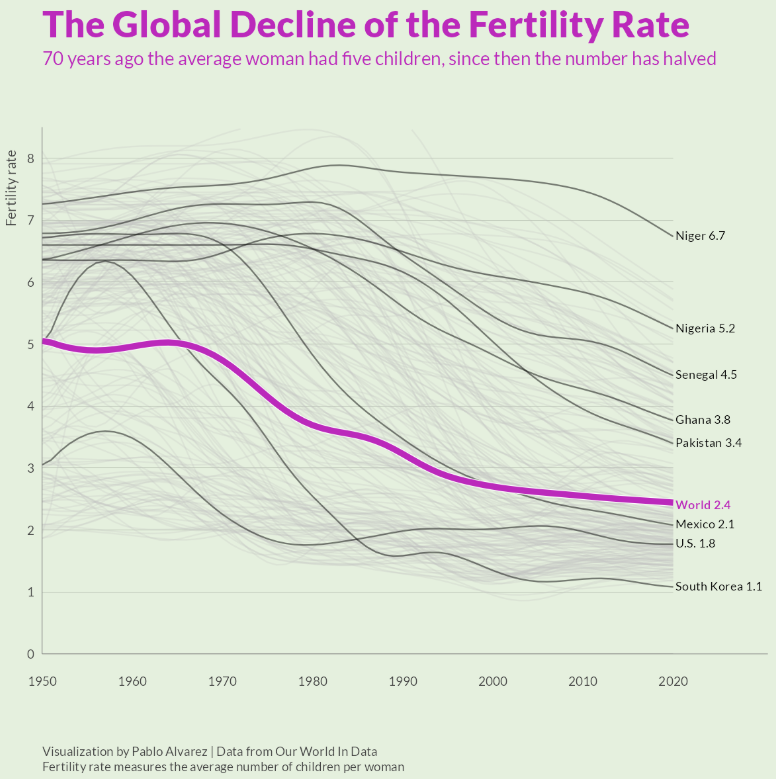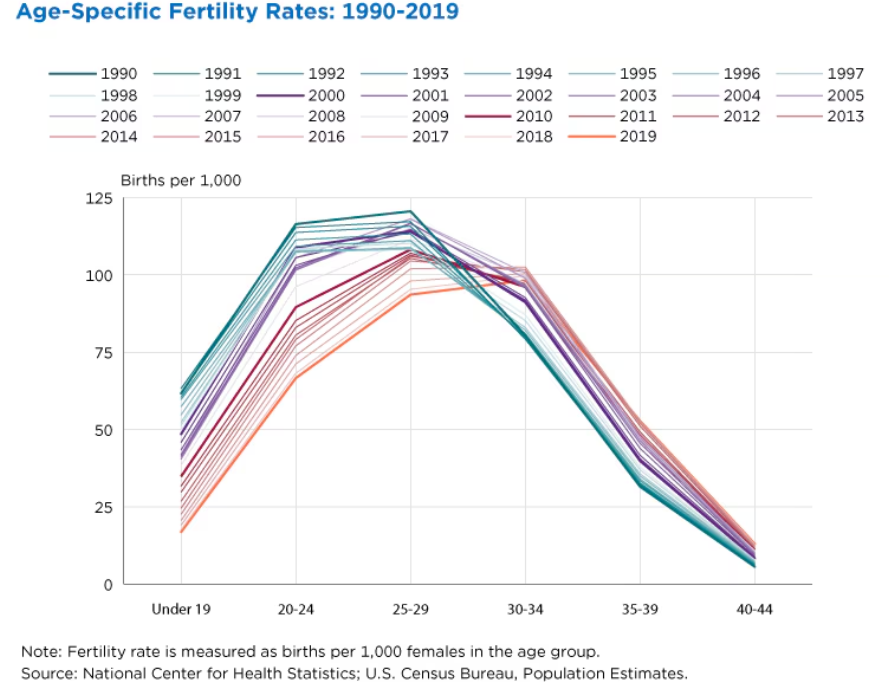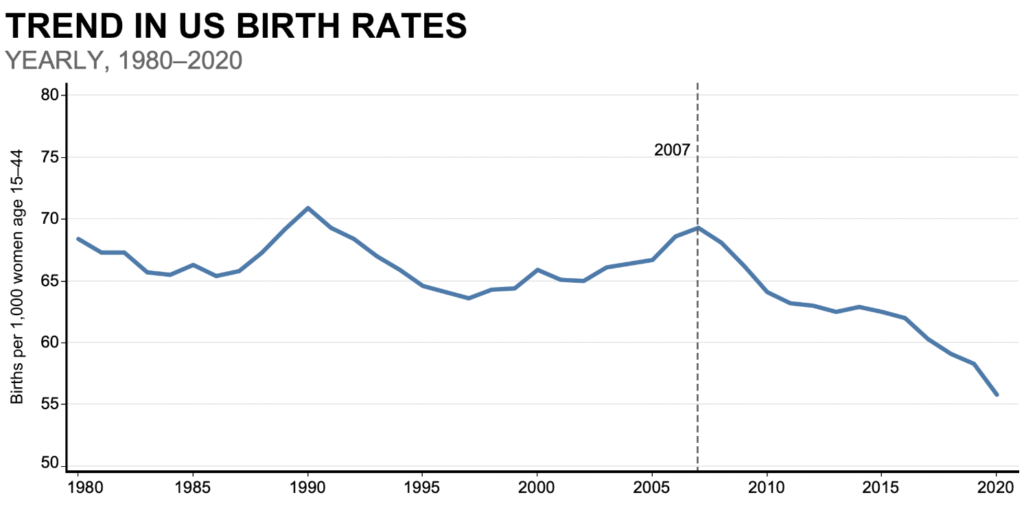Elon Musk Warns: Fertility Crisis Threatens Humanity
Elon Musk has issued a stark warning: declining fertility rates could lead to human extinction. He emphasizes that this population crisis poses a more significant threat than climate change. With the U.S. fertility rate below the replacement level of 2.1, concerns about economic stability and societal continuity are mounting. Musk’s pronatalist stance urges immediate action to address this demographic challenge.

Understanding the Decline in U.S. Fertility Rates
The U.S. fertility rate has been on a downward trajectory for decades. In 2023, the general fertility rate was 54.4 births per 1,000 women aged 15–44, marking a 3% decline from 2022 . This trend reflects a significant shift from the post-World War II baby boom era.The WeekCDC

Key Statistics:
- Total Births in 2023: Approximately 3.59 million, down 2% from 2022.CDC+1CDC+1
- Teen Birth Rate: 13.2 births per 1,000 women aged 15–19, a 3% decrease from the previous year.CDC
- Birth Rate for Women Aged 20–24: 55.4 births per 1,000 women, reaching a record low.CDC
- Cesarean Delivery Rate: Increased for the fourth consecutive year to 32.4% in 2023.CDC

Factors Contributing to the Decline
Several interconnected factors contribute to the declining fertility rates:
Economic Pressures
The rising cost of living, including housing, education, and healthcare, has made raising children more financially challenging. Many couples delay or forgo having children due to economic uncertainties.
Career and Education Priorities
More individuals, particularly women, are prioritizing higher education and career advancement. This shift often leads to delayed childbearing, reducing the overall number of children born.
Societal and Cultural Shifts
Changing societal norms have influenced perceptions of family and parenthood. There is a growing acceptance of child-free lifestyles, and traditional family structures are evolving.
Access to Reproductive Healthcare
Improved access to contraception and family planning services allows individuals to have greater control over their reproductive choices, contributing to lower birth rates.
Global Perspective on Fertility Rates
The decline in fertility rates is not unique to the United States. Many developed countries are experiencing similar trends.
Comparative Fertility Rates:
| Country | Total Fertility Rate (2023) |
|---|---|
| United States | 1.62 |
| Japan | 1.3 |
| South Korea | 0.72 |
| Germany | 1.5 |
| France | 1.8 |
These figures are below the replacement level of 2.1, indicating potential future population declines.
Potential Consequences of Declining Fertility
A sustained decline in fertility rates can have far-reaching implications:
Economic Impact
A shrinking workforce may lead to reduced economic growth and increased pressure on social security systems. Fewer workers supporting more retirees can strain public finances.Axios
Aging Population
Lower birth rates contribute to an aging population, increasing the demand for healthcare services and elder care.Axios
National Security Concerns
Some experts argue that population decline could affect national security by reducing the pool of eligible individuals for military service and other critical roles.
Addressing the Fertility Crisis
To mitigate the potential consequences of declining fertility rates, several strategies can be considered:
Family-Friendly Policies
Implementing policies that support families, such as paid parental leave, affordable childcare, and flexible work arrangements, can encourage higher birth rates.
Financial Incentives
Providing financial incentives, like tax credits or direct payments to families with children, may alleviate some economic burdens associated with child-rearing.
Promoting Work-Life Balance
Encouraging a culture that values work-life balance can make it easier for individuals to pursue both career goals and family life.
Conclusion
Elon Musk’s warning about the potential for human extinction due to declining fertility rates highlights a critical issue facing modern societies. Addressing this challenge requires a multifaceted approach that includes economic support for families, cultural shifts, and policy interventions. By understanding the factors contributing to declining birth rates and implementing strategies to counteract them, societies can work towards a sustainable and prosperous future.
[USnewsSphere.com / usn.]





